The 1946 dime’s value varies significantly based on mint mark and condition. Standard 1946 dimes (no mint mark, D, or S) are worth around $1.50 in circulated condition based on silver content, while uncirculated MS-65 specimens can fetch $8-$15. Error coins command premium prices: the 1946-P Doubled Die Obverse (DDO) reaches up to $1,150, the 1946-D Repunched Mint Mark (RPM) up to $1,000, and the rare 1946-S/S DDR & RPM can be worth up to $2,800. Mint marks appear on the reverse left of the torch, with “D” for Denver and “S” for San Francisco. Collectors should examine coins for doubling, off-center strikes, and overall condition to determine value.
That small silver dime from 1946 sitting in your change jar could be worth significantly more than ten cents. While most 1946 Roosevelt dimes trade near their silver melt value of around $1.50, certain mint marks and minting errors can push values into the thousands. Understanding what makes specific 1946 dimes valuable requires knowing where to look and what details matter most to collectors and dealers.
Understanding the 1946 Roosevelt Dime Background
The 1946 Roosevelt dime marked the first year of production for this iconic design, replacing the long-running Mercury dime series. Struck in 90% silver and 10% copper, these coins were produced at three United States Mint facilities: Philadelphia (no mint mark), Denver (D mint mark), and San Francisco (S mint mark). The composition gives each dime approximately 0.0723 troy ounces of pure silver, establishing a baseline melt value that fluctuates with precious metal markets.
The total mintage across all three facilities exceeded 250 million coins in 1946, making circulated examples relatively common. Philadelphia produced the highest quantity at 255,250,000 coins, while Denver struck 61,043,500 and San Francisco minted 27,900,000. Despite these high production numbers, mint state examples with full luster and sharp strike details command premiums, especially when combined with desirable varieties or errors.
Standard 1946 Dime Values by Mint Mark and Grade
The baseline value for each 1946 dime variant depends heavily on condition and origin. Here’s a detailed breakdown:
| Grade | 1946 (No Mint Mark) | 1946-D | 1946-S |
|---|---|---|---|
| Good (G-4) | $1.50 | $1.50 | $1.50 |
| Fine (F-12) | $1.60 | $1.60 | $1.60 |
| Extremely Fine (EF-40) | $1.75 | $1.75 | $1.75 |
| About Uncirculated (AU-50) | $2.25 | $2.50 | $2.50 |
| Mint State (MS-60) | $4.00 | $4.50 | $4.50 |
| Gem Uncirculated (MS-65) | $8.00 | $12.00 | $15.00 |
| Superb Gem (MS-67) | $45.00 | $85.00 | $125.00 |
Coins with Full Bands (FB) designation on the torch receive additional premiums. The horizontal bands on the torch must show complete separation with no merging or weakness. An MS-65 FB example can command $25 to $40, while MS-67 FB specimens can reach $200 to $350 depending on eye appeal and market demand.
The San Francisco mint mark generally carries slightly higher values in uncirculated grades due to lower mintage numbers and stronger collector demand for complete date and mint mark sets. According to Heritage Auctions records from 2023, an MS-67+ FB 1946-S sold for $432, demonstrating the premium quality examples can achieve.
High-Value Error Coins Worth Hunting
Error coins from 1946 represent where serious money enters the picture for this series. These minting mistakes occurred during the production process and create unique varieties that collectors actively pursue.
1946-P Doubled Die Obverse (DDO): This error shows noticeable doubling on the obverse design elements, particularly visible in the lettering of “LIBERTY” and “IN GOD WE TRUST.” The doubling occurs when the die receives multiple impressions slightly offset from each other during the hubbing process. Authenticated examples in MS-63 grade have sold for $475 to $650, while MS-65 specimens reach $850 to $1,150. The key to verification is clear doubling visible under 5x magnification on multiple design elements rather than machine doubling or strike doubling, which holds minimal value.
1946-S/S Doubled Die Reverse with Repunched Mint Mark (DDR & RPM): This represents the holy grail of 1946 dime errors, combining two distinct varieties on a single coin. The doubled die reverse shows clear doubling on the torch, olive branch, and oak branch details on the reverse. The repunched mint mark displays a second “S” impression slightly offset from the primary mint mark punch. Only a small number of examples have been authenticated by major grading services. An MS-65 specimen sold through Stack’s Bowers in January 2023 for $2,800, while an MS-64 example brought $1,925 at a Great Collections auction in November 2022.
1946-D/D Repunched Mint Mark (RPM): Denver mint dimes occasionally show evidence of multiple mint mark punchings, creating a slightly doubled or offset “D” mint mark. The strength and clarity of the repunching determine value significantly. Strong, clearly visible repunching on an MS-64 coin can reach $425 to $650, while MS-65 examples with dramatic repunching have sold for $750 to $1,000. Weak or barely visible repunching adds only modest premiums of $15 to $40 over standard values.
Additional errors worth noting include off-center strikes (10% to 15% off-center in MS-63 can bring $85 to $150), clipped planchets ($25 to $75 depending on clip size), and broadstrikes ($40 to $125). Full brockage errors, where one side shows an incused mirror image, are exceptionally rare for 1946 dimes and can command $300 to $800 when encountered.
Locating Mint Marks and Identifying Errors
Finding mint marks on 1946 dimes requires examining the reverse side of the coin. The mint mark appears to the left of the torch base, between the torch and the olive branch. Philadelphia-minted coins bear no mint mark in this location. Use adequate lighting and at least 5x magnification for clear viewing, as worn coins may have faint or partially obscured mint marks.
For error identification, start with examining all lettering under magnification. Doubled die errors show a distinct second image of letters, numbers, or design elements. This differs from machine doubling, which appears as flat shelf-like extensions rather than fully formed secondary images. Repunched mint marks reveal portions of an underlying punch impression, typically visible as notching or extensions on the primary mint mark.
Off-center strikes are immediately obvious, showing part of the design missing with corresponding blank planchet area visible. Clipped planchets display a curved or straight edge missing from the coin’s normal round shape. These errors occurred when blank planchets overlapped during the cutting process or when the strip wasn’t advanced properly between cuts.
Condition dramatically affects value for all 1946 dimes. Circulated coins showing wear on Roosevelt’s cheek, hair details, and the torch bands will grade Good through Extremely Fine. About Uncirculated specimens show minimal wear only on the highest points. Mint State coins display no wear from circulation, with increasing grades reflecting better luster, fewer contact marks, and sharper strike quality. Professional grading from PCGS or NGC provides authentication and grade confirmation, typically costing $20 to $40 per coin, worthwhile for suspected errors or high-grade examples.
Maximizing Value When Selling Your 1946 Dimes
Authentication through professional grading services becomes essential when dealing with suspected error coins or high-grade specimens. The holder provides tamper-evident protection while the grade and variety attribution from experts adds credibility that commands premium prices. Coins grading MS-65 or higher, or any suspected error variety, justify the grading fee investment.
For standard circulated 1946 dimes, local coin dealers offer immediate liquidity at silver melt value plus a small premium, typically $1.75 to $2.25 per coin in current markets. This provides convenience but not maximum value. Online auction platforms like eBay reach broader audiences, particularly effective for error coins and mint state examples. Heritage Auctions, Stack’s Bowers, and Great Collections specialize in high-value numismatic material, taking consignments for authenticated errors and premium-grade coins, though their auction schedules and lot minimums require planning ahead.
Market timing matters less for error coins, which maintain steady collector demand, but silver content coins fluctuate with precious metal spot prices. Monitoring silver markets and selling during price peaks can add 10% to 25% additional value for common-date circulated dimes sold in bulk for melt value. Error coins and high-grade mint state examples derive value primarily from numismatic rather than intrinsic metal content, making them less sensitive to short-term silver price movements.
You may be interested:
- 1859 Indian Head Penny Coin Value Complete Errors List And No Mint Mark Worth Guide For Collectors
- 1911 V Nickel Coin Value Guide Complete Errors List And No Mint Mark Worth Today
- 1902 Dime Coin Value Complete Errors List With O S And No Mint Mark Worth Guide
- 1788 Quarter Coin Value Complete Guide Errors List And D S P Mint Mark Worth Revealed
- 1776 To 1976 Bicentennial Half Dollar Coin Value Complete Errors List And What Your D S And No Mint Mark Coins Are Actually Worth
- 1990 Penny Coin Value Errors List How D S And No Mint Mark Pennies Are Worth Thousands Of Dollars

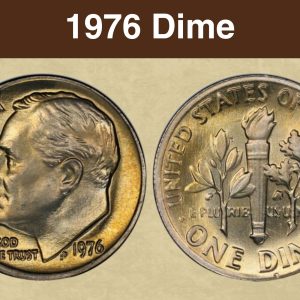
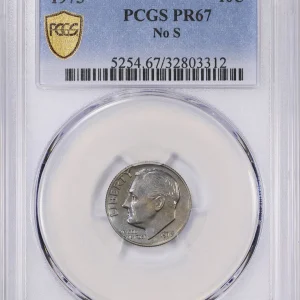
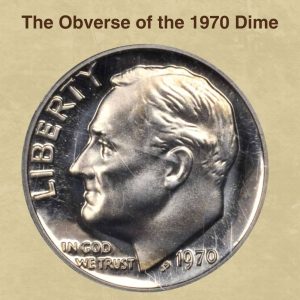
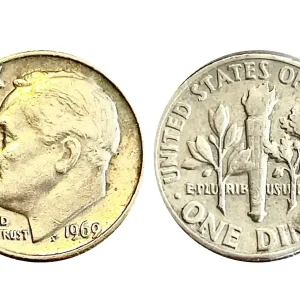
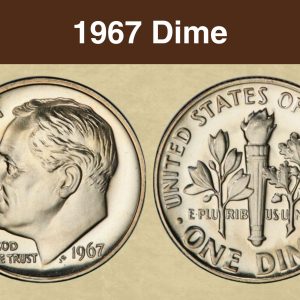
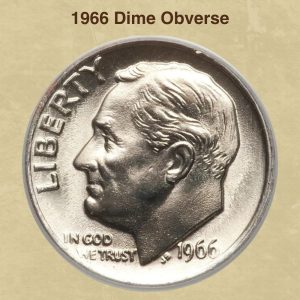
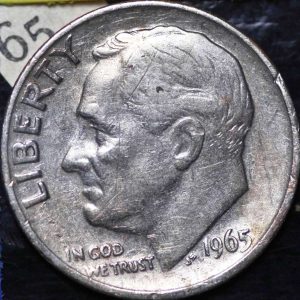
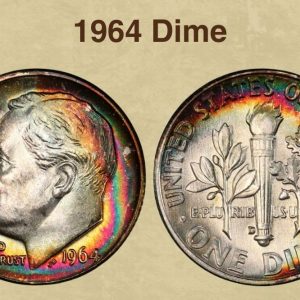
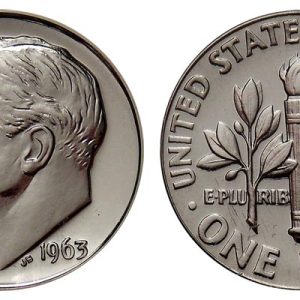
What is the error on a 1946 dime?
Common 1946 dime errors include doubled die obverse (DDO), doubled die reverse (DDR), and repunched mint marks (RPM), which can increase a coin’s value. Other errors include off-center strikes, clipped planchets, and weak or wide rims. The specific error, its severity, and the coin’s overall condition (grade) determine its value to collectors.
How much is a 1946 S Roosevelt dime worth?
A 1946-S dime’s value depends on its condition, ranging from a few dollars for circulated coins to over $1,000 for uncirculated ones in pristine condition. Circulated coins are typically worth between $3.55 and $4.55 according to recent pricing guides. However, a “sans serif” variant or other errors could significantly increase its value.
What makes a 1946 dime valuable?
First produced in 1946, the Roosevelt Dime was an immediate hit in post-WWII America. Nowadays, the coins are valued due to their silver content, but are collected so long as they are in excellent condition.
Where is the mint mark on a 1946 silver dime?
On a 1946 dime, look at the reverse (tails) side, near the bottom of the torch, to the left of the torch’s flame. The mint mark will be a “D” for Denver or an “S” for San Francisco. If there is no mint mark, the dime was minted in Philadelphia.